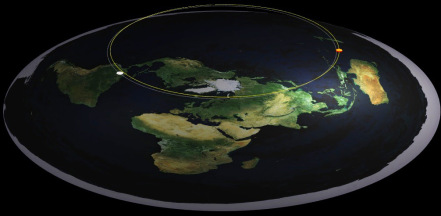


At most stations, permanent buildings house laboratories, living quarters and social spaces. In Antarctica there is land and dozens of research stations scattered across thousands of square miles. But with no other people within hundreds of miles in all directions and with no cues from the permanently dark sky, the very concept of a time “zone” seemed meaningless.Īt Earth’s other pole, time zones are quirky but rooted in utility. When the Akademik Fedorov and Polarstern parked side by side, they were still hours apart. Since the expedition began last September, the Polarstern’s time zone has shifted more than a dozen times. My world is a bewildering contrast to the alien one the ship’s scientists are living and working in-where time functions and feels different than anywhere else on the planet. I’ve been supporting communications for the mission remotely from landlocked Colorado, where time is stable. The ship is filled with 100 people from 20 countries, drifting at the mercy of the ice floe, farther from civilization than the International Space Station. Yet there rests the Polarstern, deliberately locked in ice for a year to measure all aspects of that ice, the ocean beneath it and the sky above. The sun rises and sets just once per year, so “time of day” is irrelevant as well. There are no boundaries of any kind in this abyss, in part because there is no land and no people. It’s simultaneously all of Earth’s time zones and none of them. They could see the smiling faces of their colleagues just feet away-but they were two time zones apart.Īt the North Pole, 24 time zones collide at a single point, rendering them meaningless. Scientists and crew lined the balconies of each ship, gripping the ice-crusted banisters as they peered across the void. Another icebreaker, the Akademik Fedorov, approached it slowly, hauling a load of supplies and personnel. In October 2019 the icebreaker RV Polarstern sat trapped in thick sea ice atop the central Arctic Ocean-the only landmark in a vast expanse of nothingness.


 0 kommentar(er)
0 kommentar(er)
